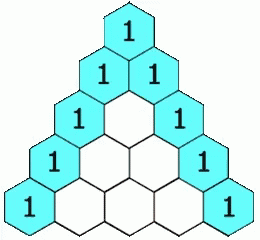
After completing MA1301 at NTNU this semester, I’ve discovered how number theory fundamentally improves algorithmic problem-solving. Here’s an exploration of key concepts that I’ve found particularly useful in competitive programming.
Modular Arithmetic in Practice
The foundation of many algorithmic solutions lies in efficient modular arithmetic. When dealing with large numbers in contests, we often need to compute results modulo $10^9+7$ or similar primes. Here’s an implementation of fast modular exponentiation:
1 | def mod_pow(base: int, exponent: int, modulus: int) -> int: |
Applications of Fermat’s Little Theorem
Fermat’s Little Theorem states that for a prime $p$ and any integer $a$ not divisible by $p$:
$$a^{p-1}\equiv 1\pmod{p}$$
This theorem provides an elegant solution for computing modular multiplicative inverses:
1 | def mod_inverse(a: int, m: int) -> int: |
Chinese Remainder Theorem Implementation
The Chinese Remainder Theorem (CRT) solves systems of congruences:
Implementation:
1 | def chinese_remainder(remainders: list[int], moduli: list[int]) -> int: |
Euler’s Totient Function
The Euler totient function $\phi\left(n\right)$ counts numbers coprime to $n$ up to $n$:
$$
\phi(n) = n\prod_{p|n}\left(1-\frac{1}{p}\right)
$$
This function is particularly useful in problems involving coprime pairs or modular exponentiation.
Practical Application
In recent contests and problems, these concepts have proven valuable:
- Using CRT to solve problems with multiple modular constraints.
- Applying Euler’s totient function for counting coprime pairs.
- Implementing fast modular arithmetic for large number computations.
The elegance of number theory lies in its ability to transform complex problems into manageable algorithms. Understanding these mathematical foundations has significantly improved my approach to competitive programming.
You can find some of my solutions where I’ve applied these number theory concepts in my competitive programming repository.
Feel free to reach out if you’d like to discuss these concepts further.